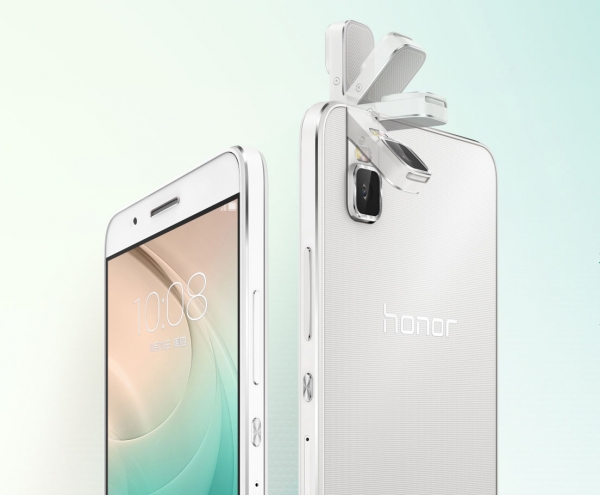
Before we dismantled Huawei glory 7, a good configuration, exquisite workmanship, is indeed a very good domestic mobile phone. In addition, Huawei also introduced a glorious 7i with 180 degree rotation of the camera, a manual rotary camera with a mechanical shaft, a 13-megapixel back-illuminated camera, and an F2.0 large aperture. A camera that can be flipped freely can largely facilitate self-portrait users. According to the conference, the glory 7i boasts an exaggerated lifespan of 100,000 times (2 years for 136 times per day). The durability is still very reliable. There is no need to worry about the damage of the shaft due to the service life. Today we look at what other phones can turn the camera apart from the glory 7i.
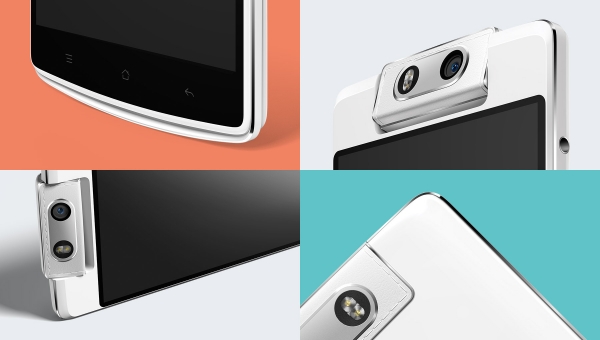
Now the most technological sense is OPPO N3, of course, electric rotary camera can be described as alone. OPPO launched a camera-rotatable mobile phone starting from the N1, which is full of new ideas, 13 million pixels, F2.0 large aperture, dual LED fill light, for a time becoming the favorite of self-timer. The NPO OPPO is more creative, using an electric rotating camera, 16 million pixels, 206 degrees of rotation, eliminating the need for manual rotation trouble. The OPPO N3 has two modes of fast turn and slow turn. The fast turn mode can quickly switch the camera to the front mode within 1 second, which is faster and more convenient than manual rotation. Slow mode can be slowly rotated according to the user's operation.
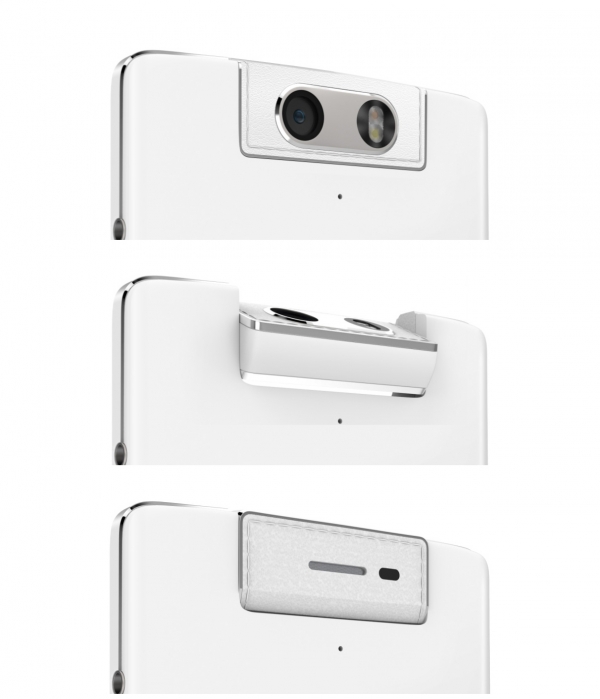
The camera and all components are integrated in the camera module, controlled by an electric motor mounted in the body.
Here we look at an "alternative" design that can also achieve self-timer without any difference.

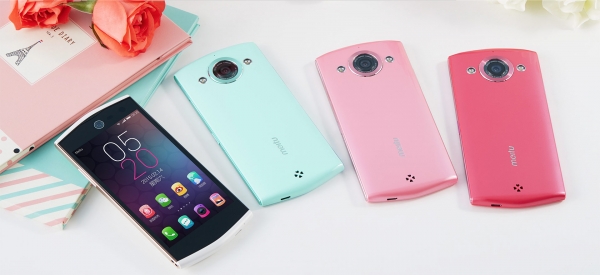
In addition to the design of the rotatable camera, in order to achieve the same shooting effect, Mito mobile phone has adopted a consistent design of the front and rear camera, the front and rear cameras of Mito Mobile Phone 2 are 13 million, and the rear camera has designed a large lens ring. At first, it looks like a card camera, while the front camera is a beauty camera for self-portraits.
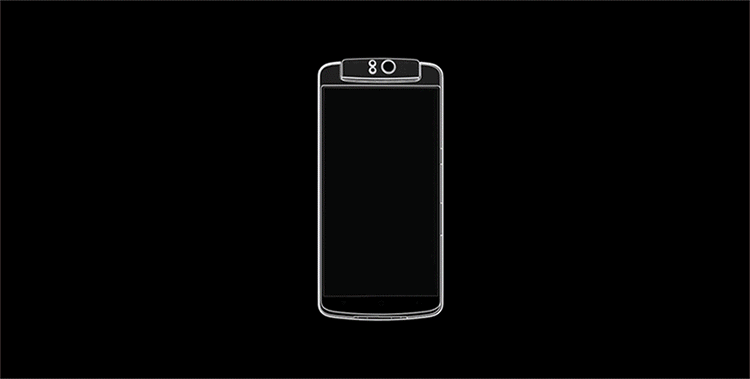
When the OPPO N1 was introduced, it was known as the first camera that could rotate the smart phone. In fact, it still had many “unintelligent†predecessors. If you define the S60 as a smart phone, then the N1 is not even the first smartphone that can rotate the camera. "Now in 2005, Nokia introduced a mobile phone with a camera and a screen that can be rotated - the N90. Let's take a look at how the design of the ancient "smart" mobile phone era was reversible.
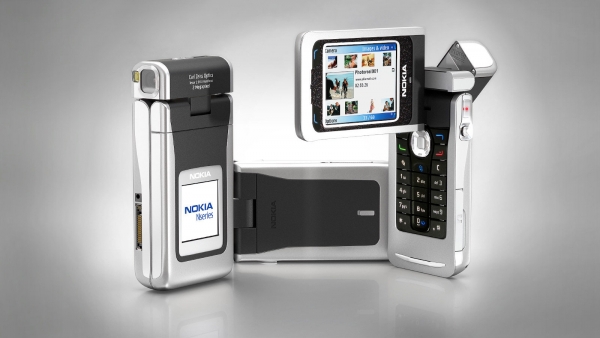
Nokia N90 has 2 million Carl Zeiss certified lenses, aperture 2.9, can be rotated 135 degrees, auto focus. These parameters may be unpredictable or even disgusting, but they have been very good in that era. The camera and the screen share a composite triple axis, and the flip, camera, and screen can all be rotated.

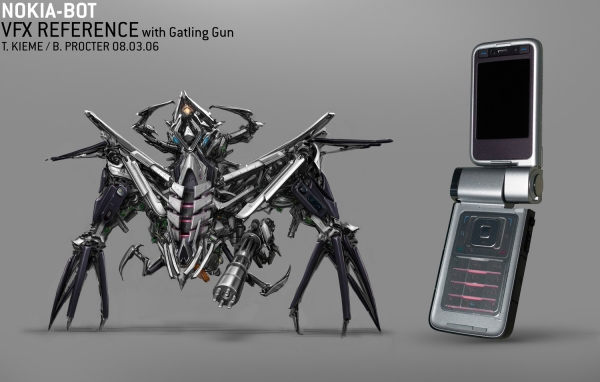
Now to introduce is the Nokia N93, which is a famous movie star mobile phone, Transformers 1 that turned small robot mobile phone is N93i, auto focus, 320 million Carl Zeiss certification lens, aperture 3.3. Unlike the N90, the N93's camera does not rotate, but the screen can be rotated to achieve a self-portrait of the main camera in a "curve salvation."
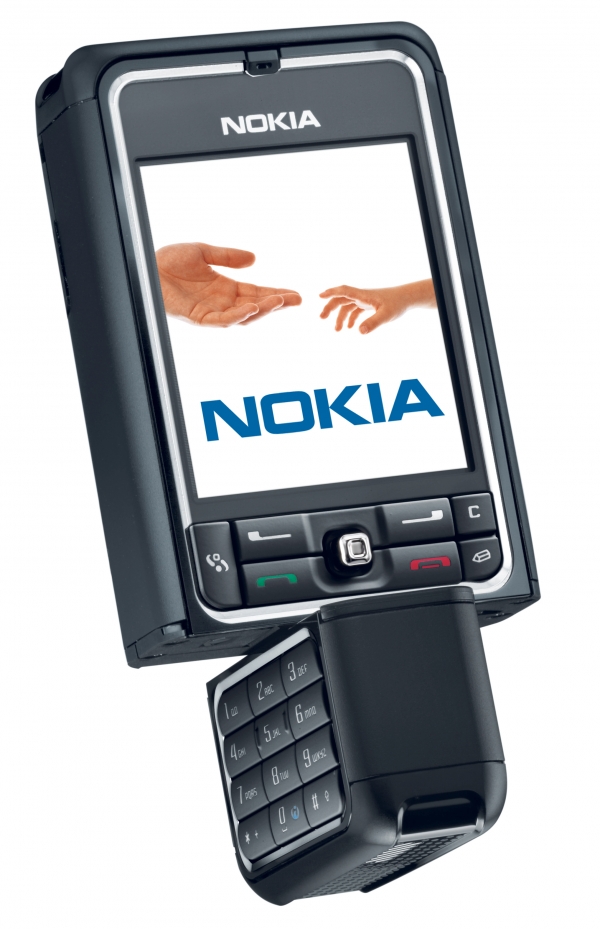
Next we introduce Nokia's 3250, 2 megapixel camera designed on the side of the keyboard, can rotate 180 degrees counterclockwise, rotate 90 degrees clockwise. At the same time, there is a music playback control button on the back of the keyboard.
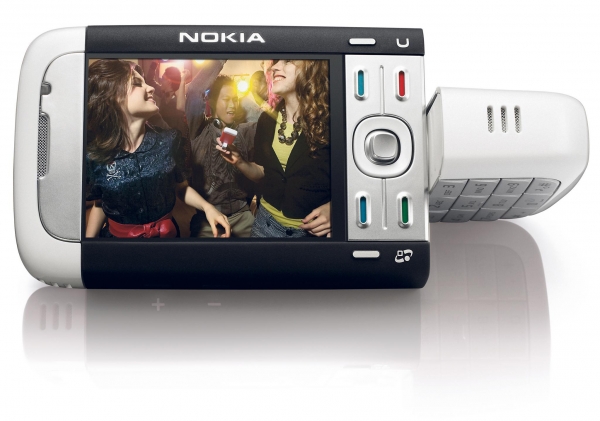

The 5700's design is similar to the 3250 just introduced, but the design is younger and more stylish, the camera is also 2 million pixels, rotates 180 degrees counterclockwise, and rotates 90 degrees clockwise. Want to take a selfie? Twist and twist.
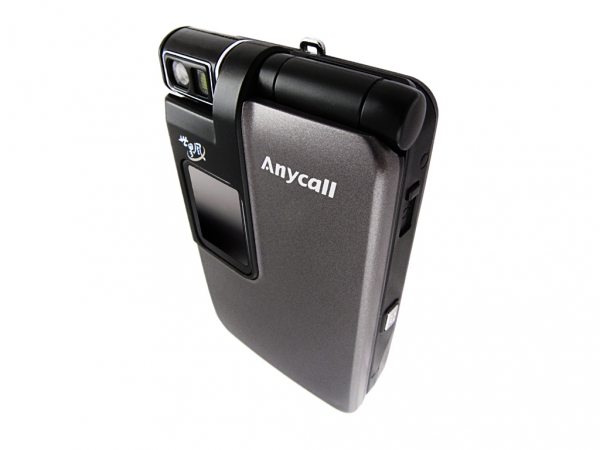

In addition to Nokia, Samsung also introduced a mobile phone with a rotatable camera. The SCH-W579, a 2 megapixel camera, is located on a rotating shaft of the screen and can be rotated manually by 180 degrees.
In addition to these, in the distant PDA, there are also many very well-designed models. For example, the Sony Clie series was worshipped as the Palm OS era.

SGH-NX70v The earliest PDA with a rotary camera, 300,000 pixels can be rotated 270 degrees, there is a skid wheel on the lens shaft, manual rotation. As the earliest optional rotary camera model, the design of the NX70v won't be overdone.
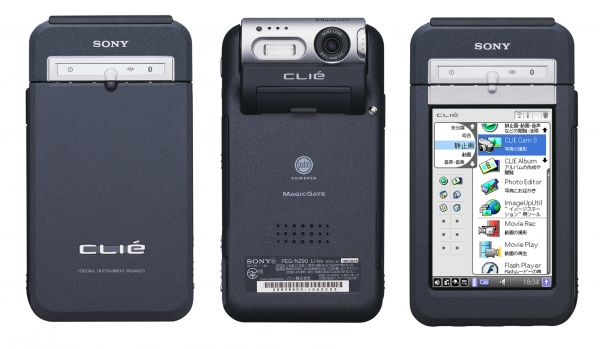

PEG-NZ90 is different from NX70v design, NZ90 uses the camera to install the screen axis, although the lens only opens and closes the flip two angles, but through the same way the Nokia N93 screen can be rotated to achieve the two-way use of the camera.
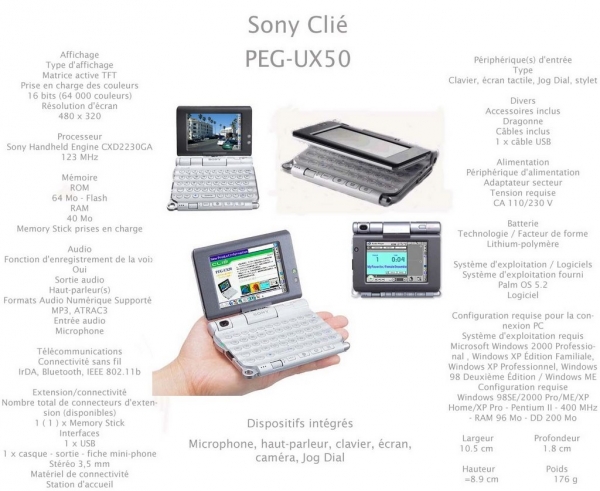
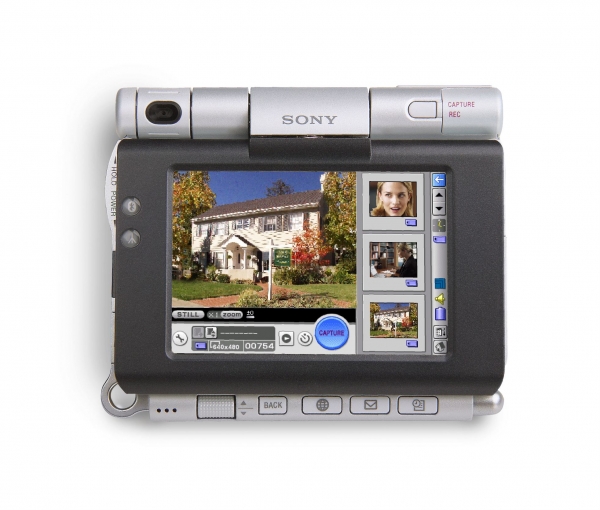
At first glance, PEG-UX50 looks more like an ultra-compact laptop or electronic dictionary, but it is actually a handheld computer running Palm OS. What's interesting is that this weird PDA is also equipped with a 310,000-pixel 300-degree rotating camera. At the same time, the screen can be rotated, and almost universal shooting is possible.
Well, today we are here for the rotating camera science, is not a full understanding of the history of rotating cameras, whether it is the Sony Clie series of PDA era, or now the OPPO N3 electric rotary camera, although achieved The forms are different, and the number of pixels has soared from 300,000 to 16 million, but the purpose is the same - to facilitate everyone more comfortable self-timer, people-oriented science and technology, let us feel the progress of science and technology together.
(Some pictures come from the internet)
More fresh hot disassemble video, please pay attention to micro signal: jiuyaochai
![<?echo $_SERVER['SERVER_NAME'];?>](/template/twentyseventeen/skin/images/header.jpg)